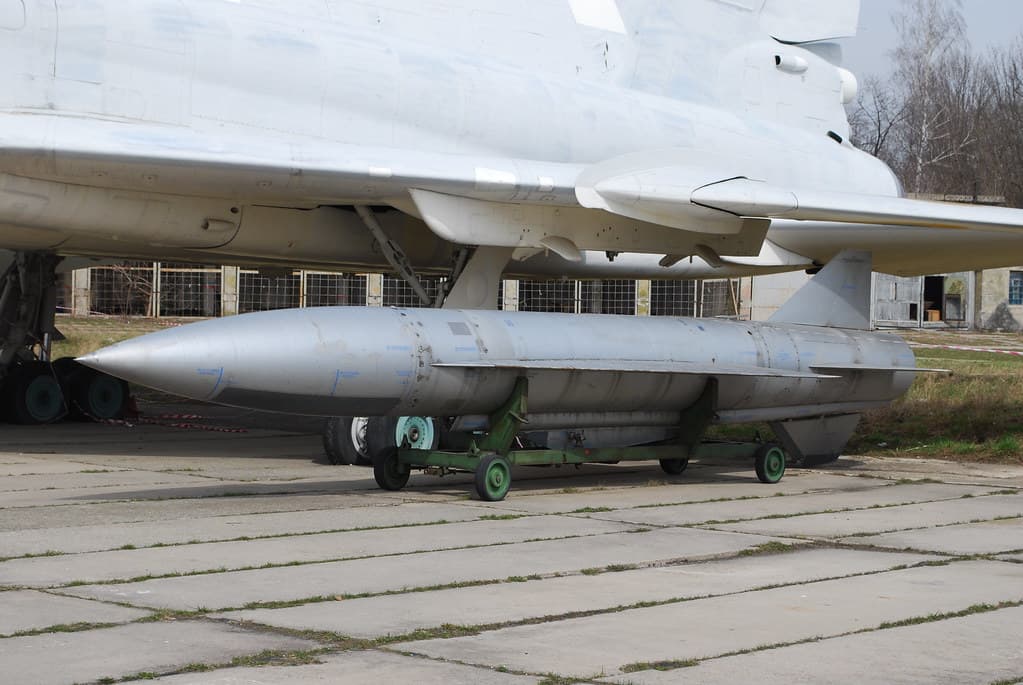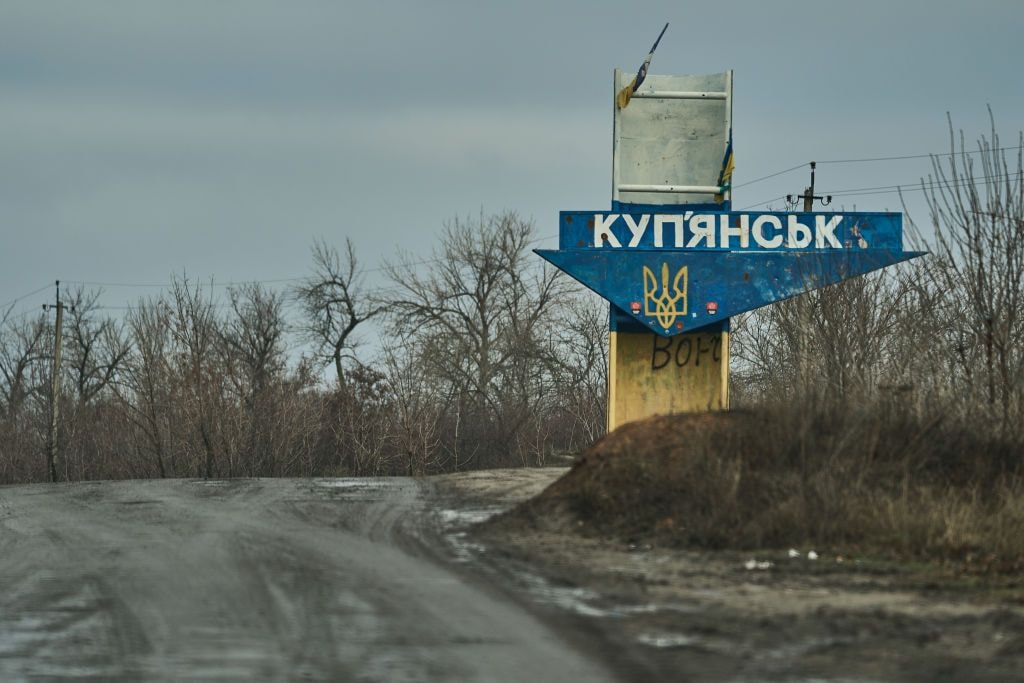What we know about the missile that likely destroyed Dnipro apartment block

Russia brought down a section of a large residential building in Dnipro on Jan. 14, burying people under the rubble. At least 40 civilians were killed and 76 were wounded. Thirty remain missing, as of publication time.
As brutal as Russia’s war in Ukraine has been, it’s not often that so much damage and killing of civilians is done in one strike. Previous cases when large apartment buildings like this were completely destroyed include the bombing of Borodyanka in March and a missile strike on Chasiv Yar in July.
The Ukrainian Air Force claimed the weapon used in Dnipro was a Soviet-era Kh-22 Burya (Storm), also known by its NATO reporting name, AS-4 Kitchen.
A total of five of these repurposed anti-ship missiles were used in the Jan. 14 mass strike, according to Ukraine’s Air Force. The Air Force said the country has no way to intercept this kind of weapon at this time.
Here is what we know about the Kh-22.
The Soviet Union developed the missile to destroy enemy ships and aircraft carriers with its heavy conventional warhead — or wipe out entire carrier battle groups, when armed with its nuclear one.
The conventional warhead can also do devastating damage to buildings on land, as seen in Dnipro on Jan. 14 and Sept. 29, as well as in Kremenchuk on June 27, where a Kh-22 destroyed a shopping mall, killing at least 20 people and injuring about 60 more.
While powerful, the Kh-22s were never the most precise or reliable when it comes to targeting, according to Ukrainian military analytics center Defense Express.
Designed to be launched from missile carrier aircraft, the system was put into service in the 1960s but reportedly made its combat debut during the first phase of the full-scale invasion into Ukraine in spring 2022. In 2016, Russian forces adopted an upgraded version, the Kh-32, which has also been used against ground targets in Ukraine.
Various estimates give the weapon a top speed of over Mach 4, about 5,000 kilometers per hour. Though it has wings, somewhat like a cruise missile, its operation is much closer to that of a ballistic missile, according to Defense Express. When attacking, the Kh-22 or Kh-32 climbs to a high altitude, then arcs down and dives onto its target, making it hard to stop.
An unverified video supposedly showing the Jan. 14 attack in Dnipro, that has been circulating on Ukrainian and Russian Telegram channels, shows the missile approaching the apartment block at a very steep angle.
Cruise missiles can be brought down by damaging their propulsion, guidance or aerodynamics, which Ukrainians can do with the air defense systems they currently have. But that’s not enough to stop a missile that has already spent its fuel and is now plunging down from two dozen kilometers in the sky almost directly above the target, Defense Express wrote.
The Air Force’s Jan. 15 acknowledgement that Ukraine has no way to intercept Kh-22s goes against some prior claims by Ukrainian officials and military that they shot down individual Kh-22 missiles. One such claim was reportedly made by the Air Force in May and another by the 101st Brigade for the Protection of the General Staff in a July Facebook post that is now deleted.
The MIM-104 Patriot system, pledged by the United States, can intercept ballistic weapons like Kh-22s, Kh-32s and Iskanders. According to Washington, Ukraine will receive some Patriot systems in the first quarter of 2023.
According to Ukraine’s January estimates, Russia currently has 162 Kh-22 and Kh-32 missiles.









